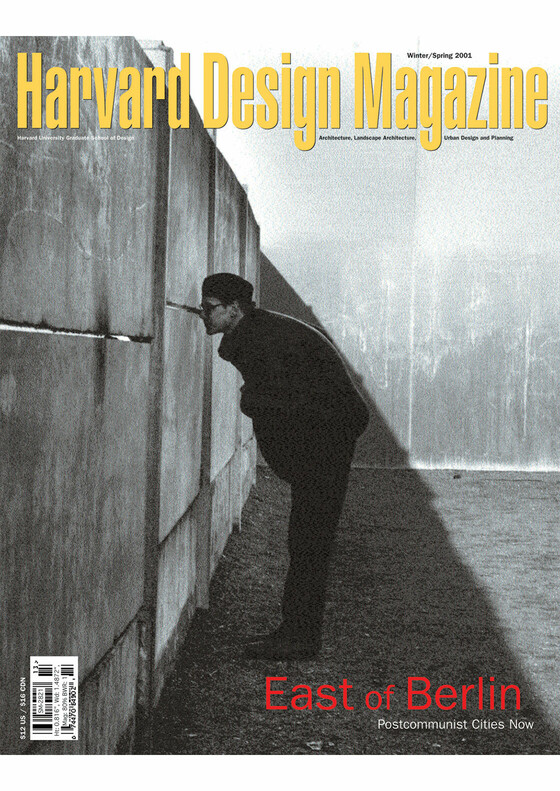City Making by Gerald E. Frug
13: East of Berlin: Postcommunist Cities Now

To title this issue “East of Berlin” is to risk insensitive geopolitical simplification, as if the cities of Central and Eastern Europe could be grouped tidily together. The geographical reference acknowledges that in recent years the cities of the former Soviet bloc have received little sustained attention in Western architectural discourse. Lately it has been mainly Berlin—the city with the ultimate architectural symbol of the Cold War, which tore down the Wall and created extraordinary opportunities for urban rebirth—that has seized our imagination and filled the pages of American and West European publications. And if “East of Berlin” puts upfront that delimited frame of experience, it also points to something more important, which is the dilemma, these days, of knowing what to call this part of Europe. The revolutions of 1989 that ended forty years of communist rule and spurred the breakup of the Soviet Union two years later have produced a new Europe in which the old division between West and East no longer holds.
Nonetheless, the cities discussed here are linked by crucial shared history. All have experienced, in the brief span of decades, profound political, military, economic, and social upheavals; all have been traumatized by war, transformed by repressive regimes and command economies. For anyone interested in how cities shape, embody, and transmit civilization, critical questions arise. How do cities rebuild after war? Why do some strive to recapture the past by duplicating what is gone, while others move into the future by embracing the new? What happens when whole districts are annihilated? When streets, squares, and entire cities are renamed? How do cities retain or reconstitute their culture after decades of discontinuity? What happens to urban culture and artistic practice during totalitarian rule? How effectively does architecture convey political intent, or ethnic and national identity? Can a culture survive the loss of the urban places—the squares, boulevards, parks, churches, synagogues, markets, apartment houses, theatres, cafés—that have been the settings for that culture, the weightiest evidence of its existence?
— Nancy Levinson, Co-Editor (excerpted from the introduction)
András Török, Imre Benkő
Jana Tichá
Svetlana Boym
Matthew S. Witkovsky
Edward S. Casey
Slavenka Drakulic
Thomas Bender
Ákos Moravánszky
Magdalena J. Zaborowska
Boris Groys
David Lowenthal
Robert Fishman
Jan Otakar Fischer
Brian Ladd
Antoine Picon